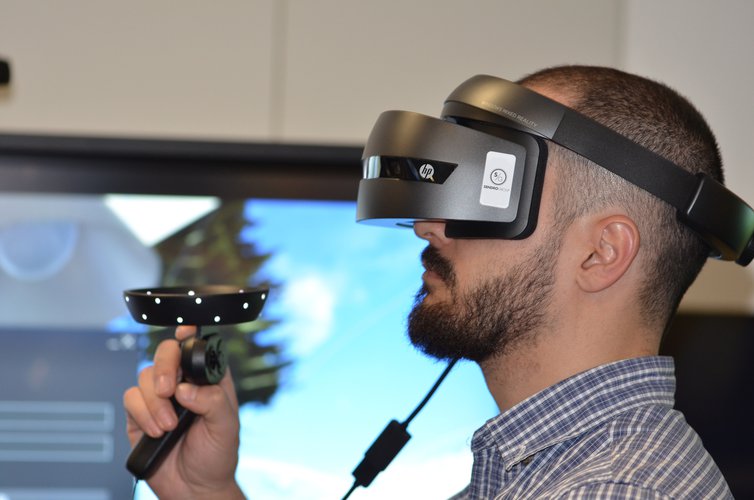Commercial property developers should adopt Virtual Reality (VR) in their marketing to stand out in 2021
It’s important that as technology advances, businesses move quickly to adapt or risk getting left behind, especially in our hyper-online societies. The most successful businesses are those that bring together traditional services with exciting new technology, both improving their services and standing out from the pack.
With that in mind, many industries have watched the development of Virtual Reality (VR) technologies with interest, with the sharpest minds seeing endless potential in the technology to revolutionize everything from shopping, to video games, engineering and tourism.
The idea is to integrate experiential elements into your services, allowing users and clients to engage with your business in unprecedented ways.
And the same thinking can be applied to commercial property developers, where the potential for VR integration could change the way developers operate
With the technology, developers could change the way clash detection meetings are held, moving beyond 2D and 3D models to actually engage with immersive virtual models, eliminating reconciliation issues quickly and allowing for a smoother process.
Benefits of Adopting Virtual Reality Technology for the Real Estate Industry
Imagine being able to virtually walk your stakeholders through a digitally created model of the pre-constructed space, as though you are walking through the actual space, and digitally assign tasks and clashes, and create mark-ups and save viewports
The technology could also create layers for each trade, allowing stakeholders to turn any of the layers on or off, making highlighting any clashes a far more efficient affair. That level of clarity can be extended, with basic information on different elements available at the click of a button.
It would allow for accurate measurements, and any issues therein, to be breezily dealt with, in addition to allowing users to go into ceiling spaces and walkthrough high level services.
The potential for clarity is endless, with the technology flexible enough to address inefficiencies we can both imagine and those we have not yet seen. The ability to virtually map out an entire building means stakeholders can far easily visualize the space, and thus approve things quicker.
It would mean project managers can avoid multiple back and forth discussions with architects, instead of working on revisions together via a virtual walkthrough, physically seeing any issues or changes necessary.
Finally, the potential to improve buyer experience is just as immense. VR stations can be set up to allow users to experience the space through a headset, without the need for expensive demo-rooms.
It means the spaces can be virtually customized to allow potential buyers to see the space in different settings, with different furniture or set-ups, granting developers the ability to better advertise the spaces and better cater to their buyers imagination.
Conclusion
The adoption of the technology has always been challenged by clunky integration, graphics and price. But it has come along in strides in the past five years, and the potential to change the industry is certainly there.
To find out more about how your company or business can use VR, get in touch withSendro Group for a free consultation.
